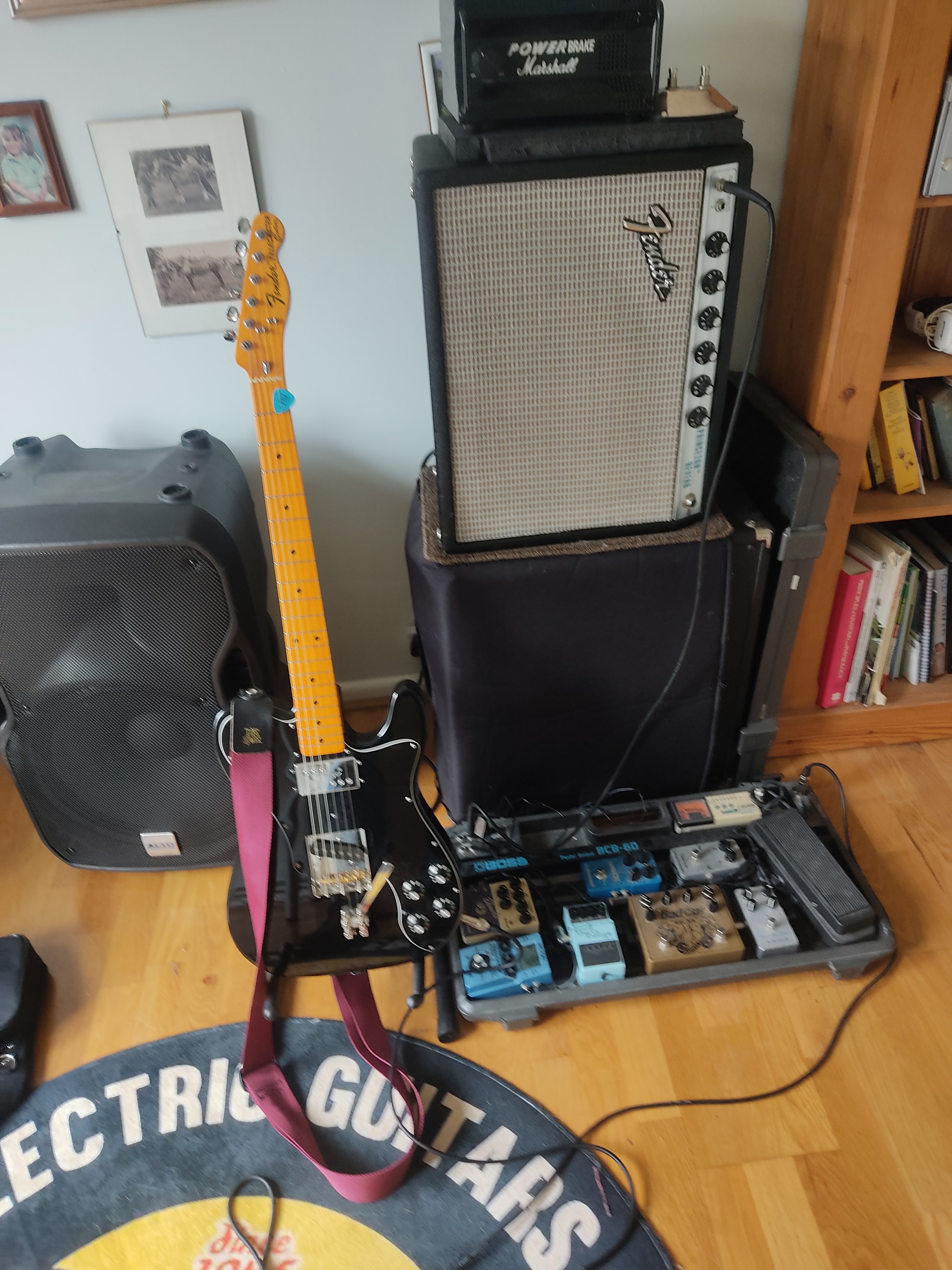Howdy, Stranger!
It looks like you're new here. If you want to get involved, click one of these buttons!
Categories
- 242K All Categories
- 22 >> Start Here <<
- 12 New Members
- 8 FAQs
- 86.8K Gear
- 39.5K Guitar
- 3.4K Acoustics
- 1.3K Bass
- 14.7K Amps
- 17.3K FX
- 274 Digital & Modelling
- 765 Other Instruments
- 8.3K Making & Modding
- 422 Gear Reviews
- 107 Guitar Reviews
- 73 Amp Reviews
- 119 FX Reviews
- 87 Other Reviews
- 750 Made in the UK
- 975 Theory
- 1.9K Technique
- 2.1K Live
- 3.2K Studio & Recording
- 2.1K Making Music
- 220 Events
- 15 Guitar Show 2018
- 831 Plug My Stuff
- 105.3K Classifieds
- 41.1K Guitars £
- 2.8K Acoustics £
- 139 LH Guitars £
- 900 Basses £
- 10.6K Parts £
- 18.3K Amps £
- 34.1K FX £
- 2.8K Studio & Rec £
- 6.1K Misc £
- 465 Personnel
- 54.8K Chat
- 36.6K Off Topic
- 1.1K Tributes
- 6.6K Music
Become a Subscriber!
Subscribe to our Patreon, and get image uploads with no ads on the site!
Joe Bonamassa 'Indian' scale
Base theme by DesignModo & ported to Powered by Vanilla by Chris Ireland, modified by the "theFB" team.



 LOL
LOL  Wow!
Wow!  Wisdom
Wisdom
Comments
e.g. https://www.justinguitar.com/guitar-lessons/harmonic-minor-the-five-patterns-sc-704 for some noodling ideas...
JM
https://www.musicnotes.com/blog/japanese-scales-in-music-theory/
Supportact said: [my style is] probably more an accumulation of limitations and bad habits than a 'style'.
You can get some pretty exotic sounds by pushing the 'plain old' minor pentatonic with certain inflections: b5, bent third, random chromaticisms*, etc. I quite like this approach because you can use the 'plain old' as a basic framework and not have to learn 100 other variations: if you can hear it, you can try and squeeze it out of your fingers...so there is value in getting familiar with, say, those Japanese scales I linked above just so you can absorb the flavour of the intervals.
* I think of this as 'engaging Chris Poland mode' for any old school Megadeth fans
In the traditional east European Jewish modal music that I play on clarinet (klezmer), the mode starting on the fifth degree of the harmonic minor scale is called Ahava Raba or freygish and starts with a half-step then jumps an augmented 2nd to the major third. This gives an interesting combination of minor tonality that is harmonised major.
The other varient starts of the fourth degree and puts the augmented 2nd between the 3rd and 4th degree.... this mode is called mishebeyrach and is a prety sacred mode. Has minor tonality and is harmonised minor.
...and that's 'dorian #11' (had to look that one up
edit: oh, like DK said lol
Supportact said: [my style is] probably more an accumulation of limitations and bad habits than a 'style'.